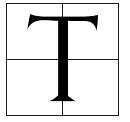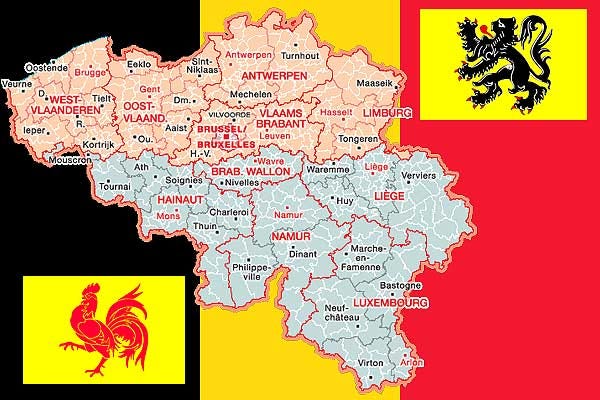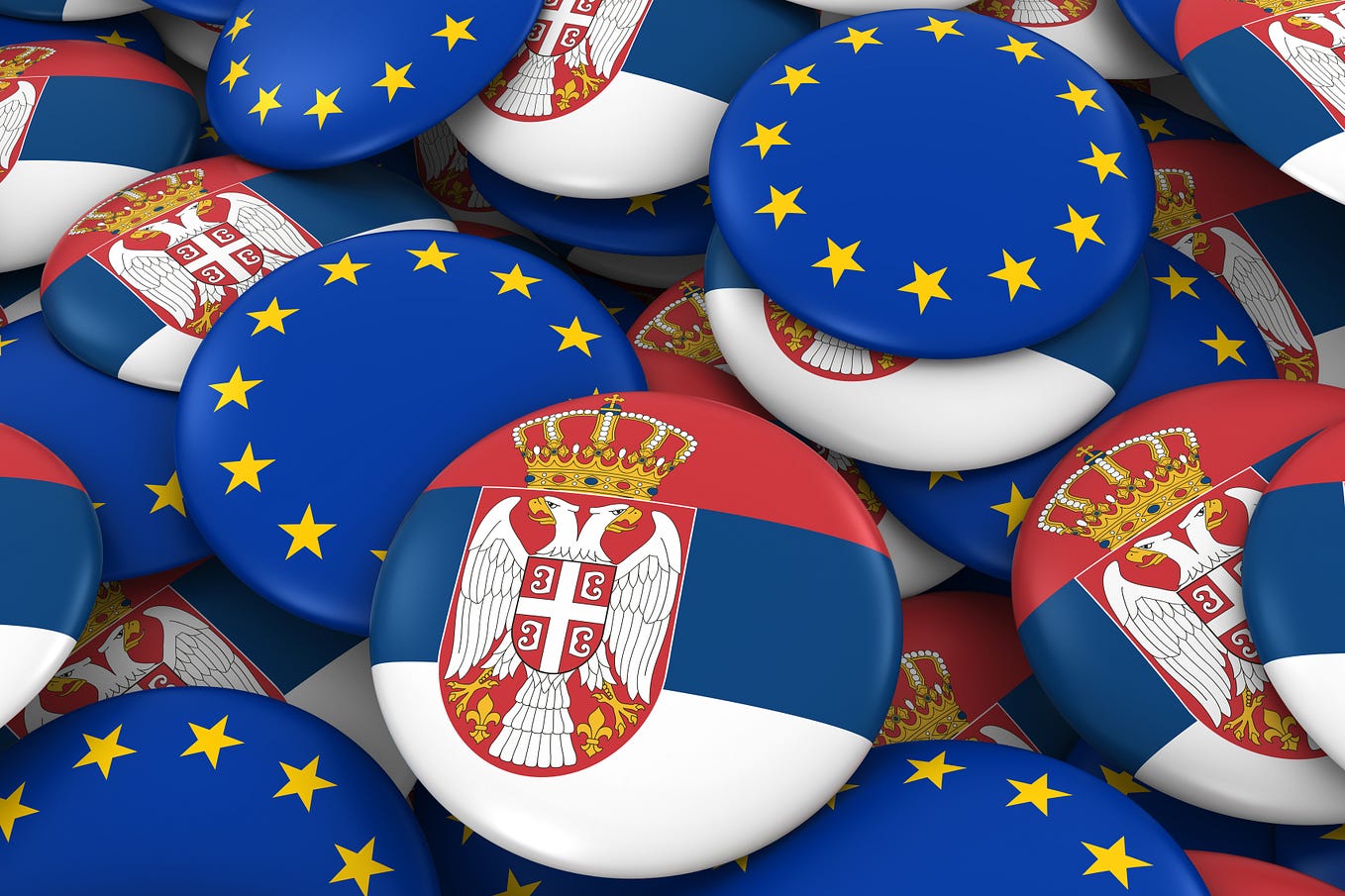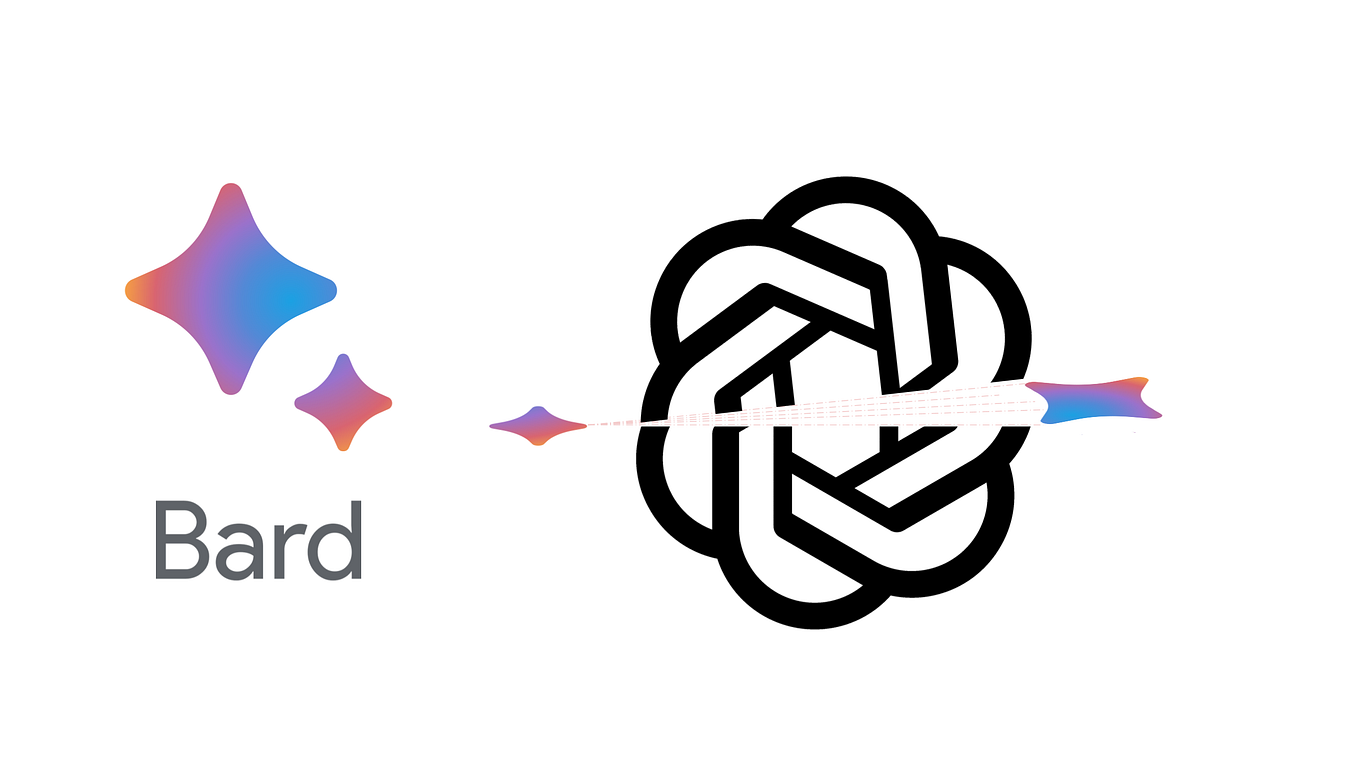The German Question and Its Three Solutions: Greater Germany, Little Germany, and Third Germany
Germany, a nation unified in 1871, may have been very different from the one depicted in the history books
 The beginning of the 19th century saw the awakening of German nationalism, a nation divided between the Kingdom of Prussia, the Austrian Empire, and the other 37 states that made up the German Confederation of the Rhine. During the Napoleonic Wars, Prussia was defeated by the Napoleonic armies in 1806. Having lost half of its territory, King Friedrich Wilhelm III of Prussia (1797–1840) and his Prime Minister Von Hardenberg undertook a series of administrative, social, and economic reforms that formed the basis of the characteristic modern Prussian bureaucratic state of the 19th century.
The beginning of the 19th century saw the awakening of German nationalism, a nation divided between the Kingdom of Prussia, the Austrian Empire, and the other 37 states that made up the German Confederation of the Rhine. During the Napoleonic Wars, Prussia was defeated by the Napoleonic armies in 1806. Having lost half of its territory, King Friedrich Wilhelm III of Prussia (1797–1840) and his Prime Minister Von Hardenberg undertook a series of administrative, social, and economic reforms that formed the basis of the characteristic modern Prussian bureaucratic state of the 19th century.
After the defeat of the Grand Armée in its march on Russia, it was time for the second onslaught against the French. The fuse was lit in 1813 by the manifesto “To My People” (An Mein Volk), an appeal by the King of Prussia calling on the German nation to take up arms against the French occupation. It was the first time in history that a Prussian king had addressed his people, and the response and fervour generated exceeded all expectations, marking this event as the genesis of 19th century German nationalism.
However, after the Congress of Viena of 1815, this national spirit failed to materialise in a unified state, and it was in this context that the liberals who had inherited the German wars of liberation began to discuss how the German nation should be unified.
One option was Greater Germany, comprising Prussia, the German Confederation, and the Austrian Empire. This Greater Germany would be headed by an emperor from the House of Habsburg, but this idea did not take off because it would include the amalgam of nationalities that made up the Austrian Empire, making it difficult to build an exclusive German nation-state. Critics of this approach argued that “no part of the German Reich can form a state with non-German countries.” Moreover, it would mean the dissolution of Austria into a province or state within the new Empire, on the same level as the other German states.
The other option, known as Little Germany, was the unification of Germany by Prussia, a kingdom with a Germanic majority. At the head of this new empire would be an emperor of the Hohenzollern dynasty, monarchs of Prussia, and this new empire would consist of the Prussian territory together with the other states that made up the German Confederation, excluding the Austrian Empire.
The Greater Germany project was mainly supported by the Catholic states, while Little Germany was supported by conservative sectors of Protestantism, who, once Germany was unified, tried to impose Protestant values under Chancellor Otto von Bismarck through the policy known as the Kulturkampf.
The climax of this debate took place at the Frankfurt Assembly, an assembly set up during the 1848 Revolution and composed of 523 representatives from all over the Confederation. A vote took place in which the Little Germany project won by a strong majority of votes. However, the Prussian King Friedrich Wilhelm IV of Hohenzollern (1840–1861), who had initially been in favour, lending military support to the Frankfurt Assembly, finally rejected the crown because of strong international pressure against him and his reluctance to unify Germany with the liberals, who were antagonistic to the conservative position of the Prussian state. A Third Germany consisting of the states of the German Confederation was envisaged, but the revolution soon collapsed, and a Third Germany surrounded by the European powers would have no more influence or power than the existing German Confederation.
In the end, barely ten years later, Otto von Bismarck began German unification with “Blood and Iron”, taking up the project of Little Germany. If he was able to complete the unification project this time, it was mainly for two reasons. One of them was that the movement was not based on a revolution, i.e. an anti-system element, somewhat unstable, recognised by some as legitimate and rejected by others, lacking international recognition and, of course, characterised by its difficulty in obtaining resources. On this occasion, its driving force was the Prussian state itself, backed by its economic might in Central Europe, a highly efficient administration, as well as modern military tactics.
The second reason was simply chance. We assume that the other European powers, France, Russia, and the United Kingdom, did not want a Central European state that would upset the balance of the European chessboard in the 19th century. In 1848, unification could not be completed due to the refusal of mainly Russia and the United Kingdom, but this time a series of diplomatic events (the Schleswig-Holstein question, the Italian unification wars, the Spanish Revolution of 1868) combined with the German Chancellor’s astute use of his powers made it possible for Germany to finally see the light of day in 1871, through its materialisation in the Second German Empire.
The German question was thus resolved through Little Germany.
References
- La revolución alemana de 1848 https://www.dw.com/es/la-revoluci%C3%B3n-alemana/a-4280109
- Unificación alemana y la Cuestión Alemana https://es.wikipedia.org/wiki/Unificaci%C3%B3n_alemana#La_Confederaci%C3%B3n_Germ%C3%A1nica
- German Question https://en.wikipedia.org/wiki/German_Question







